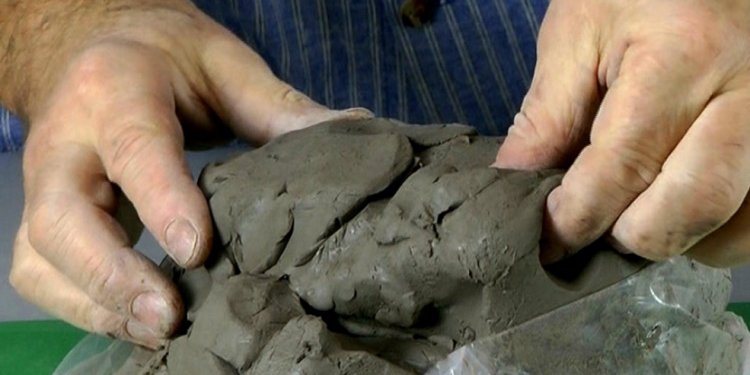
Clay Basics
 Tile roofs come in many styles, and each has its own preferred applications and intrinsic beauty. An exotic sense of romance is associated in particular with clay roof tiles, which commonly appear on Southwest-style and Mediterranean-inspired homes.
Tile roofs come in many styles, and each has its own preferred applications and intrinsic beauty. An exotic sense of romance is associated in particular with clay roof tiles, which commonly appear on Southwest-style and Mediterranean-inspired homes.
In addition to their beauty, tile roofs are extremely durable, lasting for centuries in some cases. Whether made of fired clay or concrete, individual tiles are often molded in a barrel shape, and reinforcing their strength is tile roofing’s interlocking mode of installation.
Although most tile roofs are found in warm climates, they can be used in cold regions, too. When installing a clay or concrete tile roof in a cold climate, however, ask for products designed to handle freeze-thaw cycles.
 Be sure also to ask a structural engineer if your roof framing will support the weight of a tile roof. While a typical asphalt installation weighs about 230 pounds per square (a 10′ x 10′ area), a tile roof can range anywhere from 580 to nearly 1, 100 pounds per square.
Be sure also to ask a structural engineer if your roof framing will support the weight of a tile roof. While a typical asphalt installation weighs about 230 pounds per square (a 10′ x 10′ area), a tile roof can range anywhere from 580 to nearly 1, 100 pounds per square.
Clay vs. Concrete
Compared to concrete, clay tiles are more colorfast. They are also more durable. An installation of clay roof tiles can be expected to last 100 years. (The average lifespan of concrete roof tiles is about 50 years.) Because they wear so well over time, clay roof tiles add significantly to a home’s resale value.
At $700 to $1, 000 per square, clay costs twice as much as concrete. While both score top fire and impact ratings, they are more difficult to install and repair than more common roofing products like asphalt shingles (which usually run $150 to $300 per square).
De-polluting roof tiles
Boral, a clay and concrete roof tile maker, offers a smog-eating tile coating that neutralizes harmful nitrogen oxide, converting it to calcium nitrate, which washes off in the rain. The manufacturer claims that in one year, the average roof can remove a quantity of nitrogen oxide equivalent to that produced by driving a car 10, 800 miles!
See also:
- How to 1win play

















